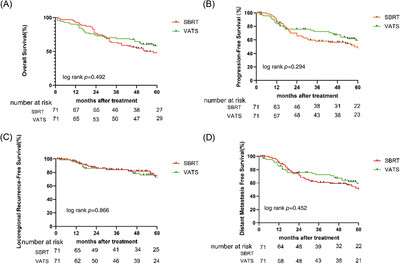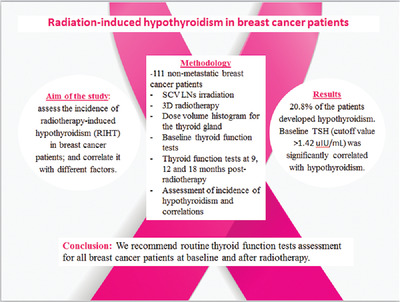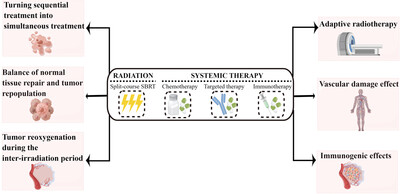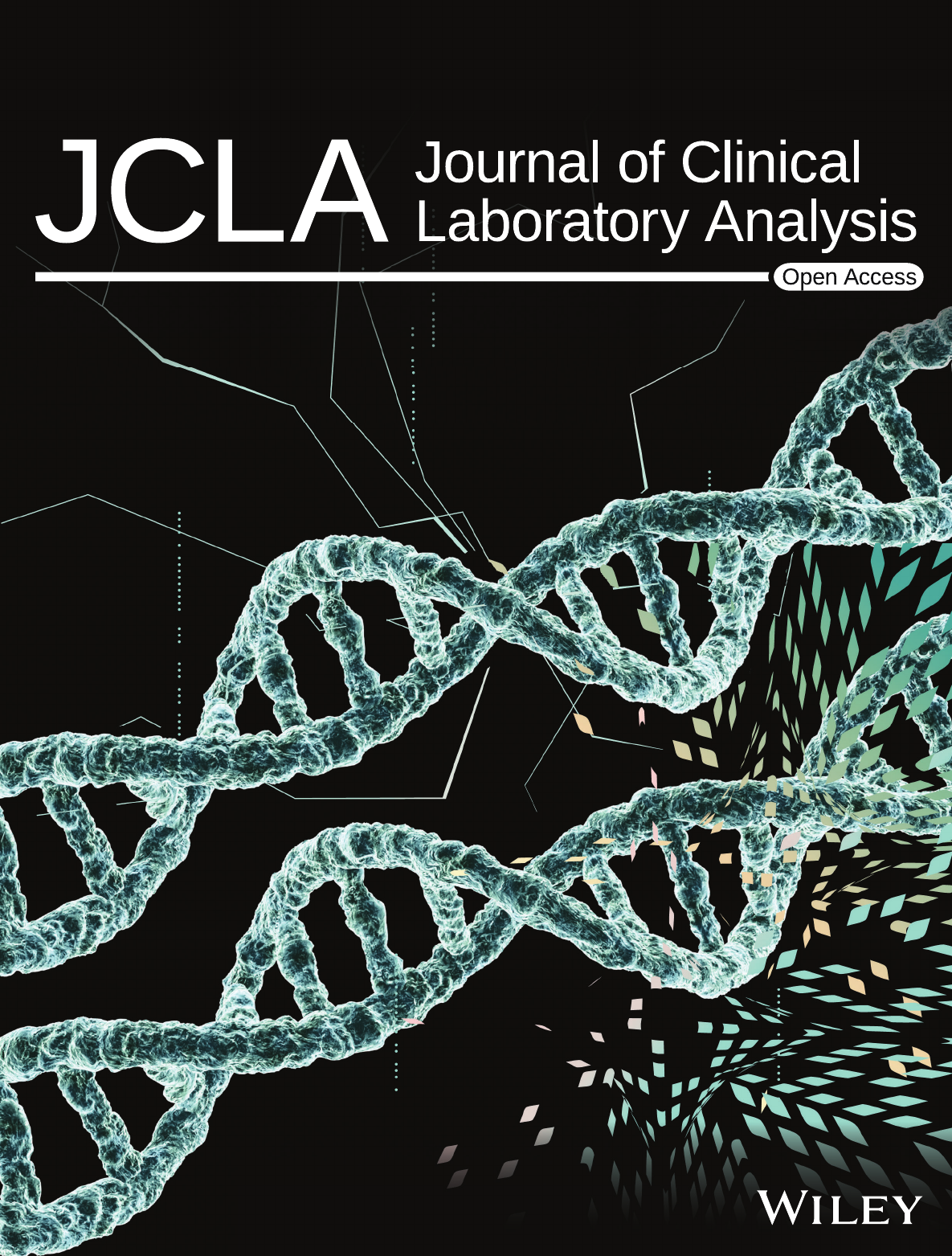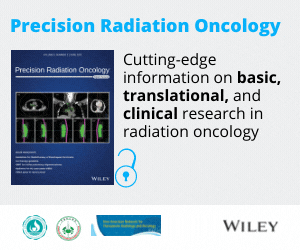Journal list menu
Export Citations
Download PDFs
ISSUE INFORMATION
EDITORIAL
Spatial-temporal modulation in radiation therapy
- Pages: 276-278
- First Published: 01 November 2022
ORIGINAL ARTICLES
Stereotactic body radiotherapy compared with video-assisted thoracic surgery after propensity-score matching in elderly patients with pathologically-proven early-stage non-small cell lung cancer
- Pages: 279-288
- First Published: 16 December 2022
The influence of different kVs and phantoms on computed tomography number to relative electron density calibration curve for radiotherapy dose calculation
- Pages: 289-297
- First Published: 26 November 2022
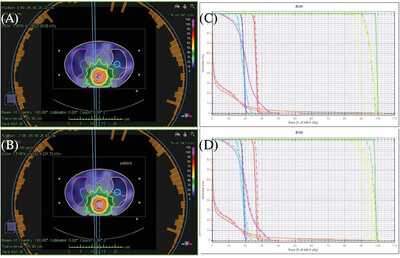
Dose distribution for different regions (a) CatPhan CT-RED curve and (b) CIRS CT-RED curve and the DVH results from evaluation for different regions where the solid lines represent the measured dose, and the dotted lines represent the calculated dose (c) CatPhan CT-RED curve and (d) CIRS CT-RED curve
Incidence and predictive factors of radiation-induced hypothyroidism in breast cancer patients who receive supraclavicular lymph nodes irradiation: A prospective study
- Pages: 298-305
- First Published: 17 December 2022
REVIEWS
Systemic therapy-based split-course stereotactic body radiation therapy
- Pages: 306-320
- First Published: 27 November 2022
New technologies and machines for stereotactic radiation therapy
- Pages: 321-327
- First Published: 07 December 2022
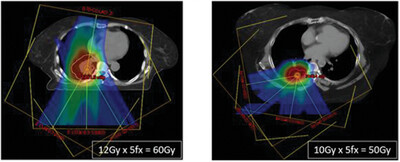
Stereotactic Radiosurgery (SRS) and Stereotactic Body Radiation Therapy (SBRT) have been increasingly utilized in Radiation Oncology to treat early stage tumors, metastatic targets, and retreatment of relapsed diseases due to its efficiency, treatment effect and cost effectiveness in the past two decades. SRS and SBRT both demand high specifications for their delivery machines as they deliver radiation doses with fewer treatment fractions and higher doses per fraction. Manufacturers have either invented specialized technologies solely or customized their existing machines for this purpose. In this paper, we review the major technologies and treatment machines for SRS and SBRT, describe their main features, and discuss the advantages and disadvantages.
Comprehensive treatment of recurrent and metastatic nasopharyngeal carcinoma: advances and future directions
- Pages: 328-334
- First Published: 17 December 2022
CASE REPORT
A rare case of pulmonary adenoid cystic carcinoma with liver metastases treated effectively with stereotactic body radiation therapy
- Pages: 335-340
- First Published: 26 November 2022





